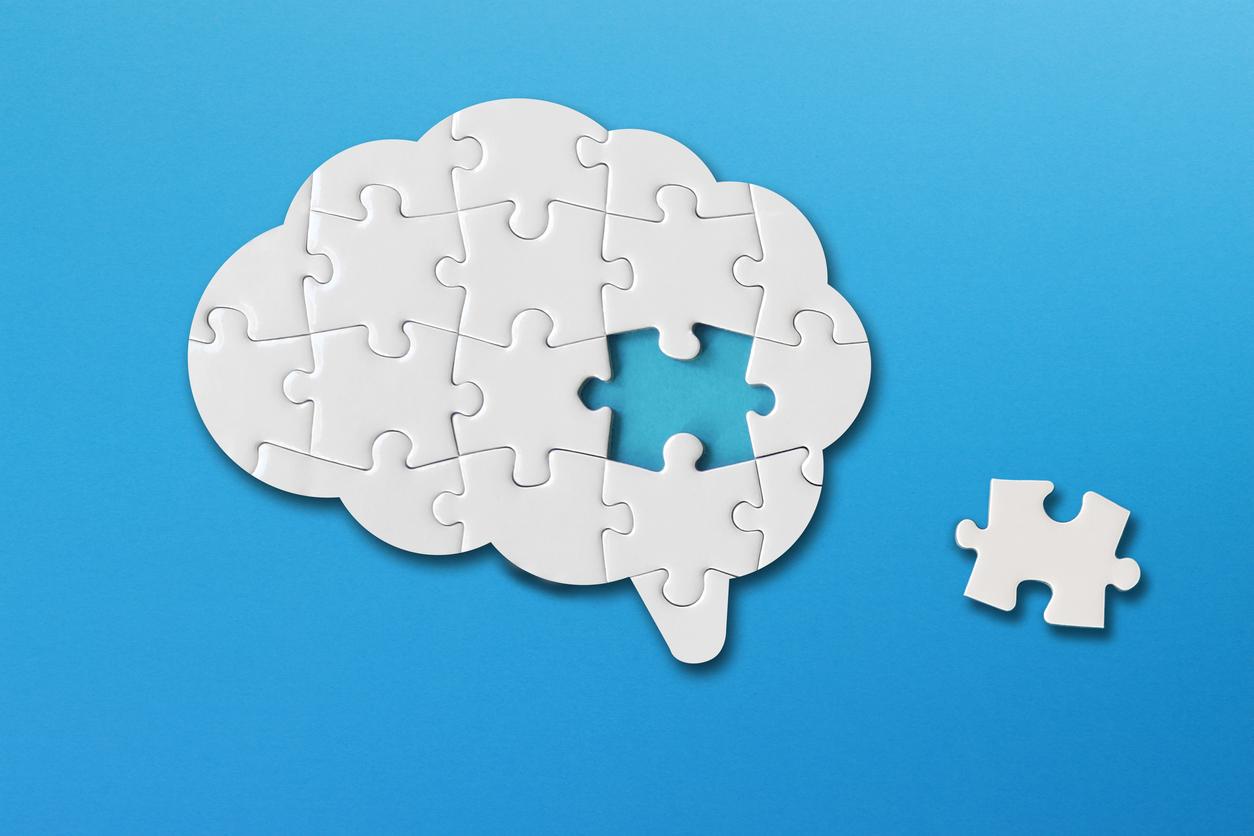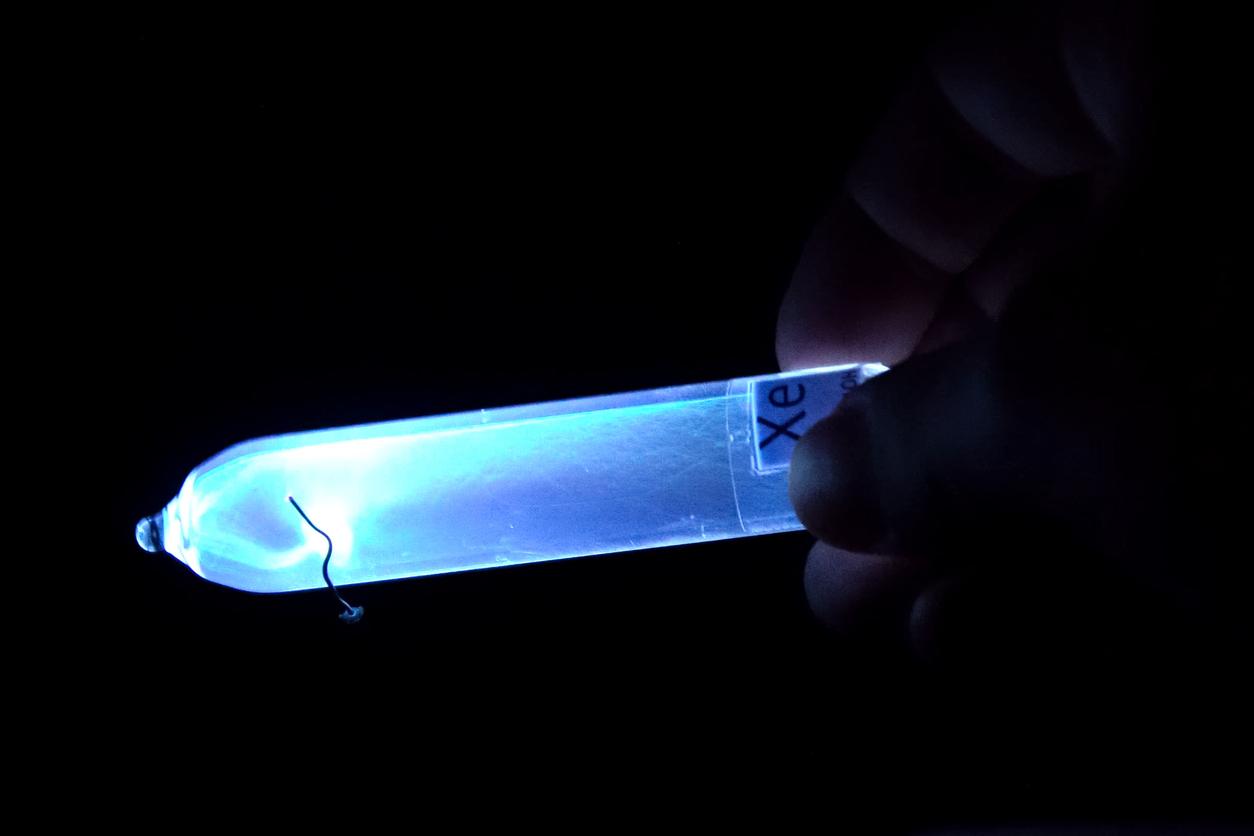American researchers are questioning existing theories about the origins of Alzheimer’s disease.

- Scientists have discovered 20 proteins that accumulate with beta-amyloid in the brains of humans with Alzheimer’s disease and in mice.
- According to their theory, their presence around amyloid plaques could be the cause of brain cell damage rather than beta-amyloid itself.
- These newly identified proteins “could provide the basis for new therapies for this terrible brain condition that has frustratingly resisted treatment for years.”
As we know, Alzheimer’s disease is characterized by progressive and irreversible damage to the brain. According to Pasteur Institutethis slow degeneration of neurons is due to the modification of two molecules: the Tau protein, naturally present in the body, and the beta amyloid peptide. The latter “accumulates outside the neurons, forming plaques, called amyloid plaques or senile plaques”noted Health Insurance. According to the most widespread hypothesis, the accumulation of beta-amyloid disrupts intercellular communication and activates immune cells in a process that eventually destroys brain cells. However, researchers from Emory University (USA) have recently challenged the theory of beta-amyloid protein as the cause of brain cell damage.
Alzheimer’s: 20 proteins are able to accumulate with beta-amyloid
In a study published in the journal Cell Reports Medicinethe team presented a new hypothesis that amyloid beta peptide has a different role, specifically a simple protein that forms in all brains but normally dissolves through natural processes. To test this, the scientists used cutting-edge analytical technologies to identify and measure the levels of more than 8,000 proteins in human brains with Alzheimer’s disease, as well as similar proteins in mice. Focusing on proteins whose levels were significantly increased, they identified more than 20 proteins that accumulated with amyloid beta in the brains of both humans and mice.

The new proteins identified would play “an important role in the process that leads to brain damage”
After discovering these new proteins, the professors wanted to know “whether they were just markers of Alzheimer’s disease or whether they could actually change the fatal aspect of the disease,” said Todd E. Goldeauthor of the research. In order to get to the bottom of it, they focused on two proteins, midkine and pleiotrophin. “The results showed that they accelerated the aggregation of beta-amyloid in both the test tube and in mice. In other words, these extra proteins may play an important role in the process that leads to brain damage, rather than beta-amyloid. This suggests that they could provide the basis for new therapies for this terrible brain condition that has frustratingly resisted treatment for years.”the researcher concluded.


















